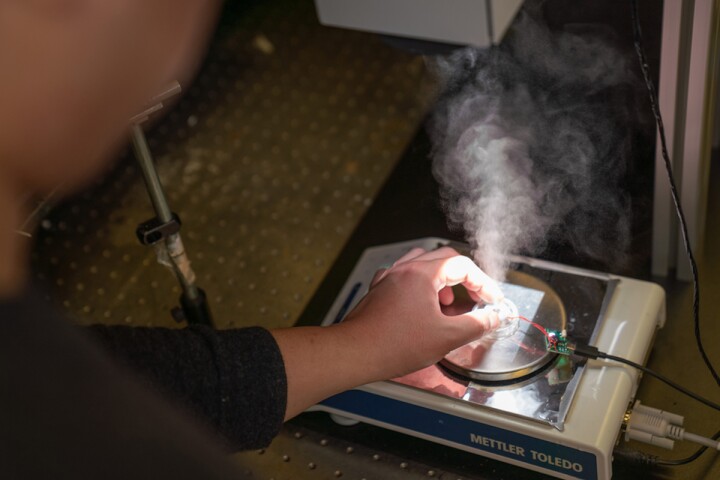Laser
-
In another step toward practical battlefield energy weapons, the UK has for the first time tested a laser weapon mounted on a British Army Wolfhound armored vehicle as part of the Land Laser Directed Energy Weapon (LDEW) Demonstrator program.
-
While it's important to have a properly fitting bicycle, not all bike store employees have the time or expertise to perform a full bike-fit session with each customer. That's where the Smartfit Q2 kiosk comes in, as it uses AI to do the job quickly.
-
A recent ITER workshop bringing together almost 50 CEOs and senior scientists from private fusion startups suggests that combining the technologies from magnetic and laser fusion experiments could accelerate the development of practical fusion power.
-
When you're immersed in the game, you don't want to have to pause to adjust the blinds. With BenQ new casual gaming projectors you may not need to, as they each sport a laser light source that puts out 3,200 ANSI lumens, as well as a low input lag.
-
With the promise of unlimited energy, Xcimer has raised over US$100 million from investors and the US Department of Energy to develop a high-energy laser system that's intended for use in a practical fusion power plant.
-
NASA’s Psyche spacecraft, farther away than the Sun, has sent data through a laser over a record-breaking distance, and done so even faster than expected. The breakthrough could help establish high-speed communications with human colonies on Mars.
-
Preparing for the rise of 8K movies in the home cinema, JVC Kenwood has announced new additions to its high-end D-ILA laser projector family, with the new models able to input and display 8K/60p visuals with boosted brightness and contrast.
-
We all know that water evaporates when the temperature climbs, but researchers have just shown that there's another factor at play. The breakthrough could solve long-standing atmospheric mysteries and lead to future technological advances.
-
A smart projector with a novel five-channel dual-light optical engine and Dolby Vision? The Horizon Ultra went on sale late last year, and when I was recently given the opportunity to play catchup with the tech-packed home projector, I jumped at it.
-
Lawrence Livermore National Laboratory has published an extensive paper confirming the validity of its 2022 fusion experiment where multiple lasers focused on a sphere of deuterium and tritium to achieve the first fusion ignition in a laboratory.
-
In a move to make high-speed communications with deep space missions a practical reality, NASA is testing a giant hybrid dish antenna that is capable of handling both radio and laser signals across hundreds of millions of miles of space.
-
PFU America, which is part of the Ricoh Group, has added three laser projectors to its lineup, including its first short-throw model – a WUXGA box built around "advanced 3LCD projection technology" and capable of 4,500 lumens.
Load More











